Silver Squill, Ledebouria socialis
Original price was: ₹899.00.₹449.00Current price is: ₹449.00.
17 in stock
Size: Multiple plants | Nursery Pot Included
Silver Squill Care
Silver squill plants are considered particularly easy to care for. They require a winter rest period with reduced watering. Cutting down on the water allows the plant to enter its natural dormancy.
Since the entire plant only grows to be about 6 to 10 inches tall, silver squills are easy to grow both inside and outdoors in areas with limited space.
:max_bytes(150000):strip_icc():format(webp)/growing-silver-squill-5078921-03-b4fe0667bd25427682588a3ac6265c12.jpg)
:max_bytes(150000):strip_icc():format(webp)/growing-silver-squill-5078921-04-fb8961d3c2144d5da26755a22ab8b8e8.jpg)
:max_bytes(150000):strip_icc():format(webp)/growing-silver-squill-5078921-06-5f81ff27f6bb4676b2d2fb845040e8e4.jpg)
Light
The silver squill needs bright indirect sun for at least three to four hours per day. It is often found growing in closed evergreen woodland that is partially shaded.
Water
Once they’re established, the silver squill requires minimal watering, it is considered to be drought-tolerant, much like succulents. Be sure to allow the top inch of the soil or potting medium to dry out before watering in the warmer months. The plant will be in its rest phase in the winter months, so you should water half as often.
Soil
Silver quill will grow best in humus-rich, sandy soil but it also grows in rocky soil, in a pH range between 6 and 8. Well-drained soil is essential.
Temperature and Humidity
When growing silver squill indoors as houseplants, interior temperatures are generally acceptable. Outdoors, the plant does best when ambient temperatures are hovering at 60 degrees or higher. Silver squill can withstand winter temperatures down to about 30 degrees Fahrenheit. The plant does best in low to average humidity.
Fertilizer
During the spring and summer growing season, apply a balanced liquid fertilizer every two months for in-ground plants and monthly for container plants.
Types of Silver Squill
There is no clear-cut horticultural nomenclature of silver squill cultivars but these are commonly used names for different varieties1:
- Ledebouria socialis ‘Juda’ with variegated light yellow or bright pink striped leaves
- Ledebouria socialis ‘Miner’ (‘Minor’), a dwarf variety
- Ledebouria socialis ‘Paucifolia’, its leaves are shorter than the leaves of other varieties, silvery white with dark green dots
- Ledebouria socialis ‘Violacea’, with leaves that are silver with dark green spots on the upper surface and violet on the underside, which gave this variety its name
Pruning
Other than removing yellow or dead leaves and plant debris, there is not much pruning to be done with silver squill.
Propagating Silver Squill
Though it is possible to propagate silver squill through seed, germination can be inconsistent, and its growth can also be very slow. Therefore the plants are usually propagated through division of the bulb-clusters. Here’s how it’s done:
- After the flowers have faded, remove the plant from its pot or lift it out of the ground.
- Carefully break the bulbs into individual sections and replant each section in pots or in garden soil with one-third to half of the bulb above the soil line. When planting the bulbs in containers, plant no more than three bulbs in a 4- to 6-inch pot.
- Water immediately and keep the soil evenly moist until you see new growth.
Potting and Repotting
Silver squill needs well-draining potting soil or succulent and cactus mix as well as a container with adequate drain holes. Terra cotta is best as it lets excess moisture evaporate.
The bulbs multiply over time until the plant is crowded in its pot. When that happens, it is time to repot the plant in a larger pot, or separate some of the bulbs to start new plants, following the procedure for propagation through division.
Overwintering
In climates where the winter temperatures drop below 30 degrees Fahrenheit, the plant needs to be overwintered indoors. Place it in a location with bright but indirect light. Water is just enough once in a while so that the soil does not fully dry out.
Common Pests and Plant Diseases
While usually not devastating to the plant, silver squill can be affected by a range of pests, mealybugs, aphids, spider mites, scale, and thrips. Potential diseases include root rot, leaf spot, botrytis, rust, and powdery mildew.
How to Get Silver Squill to Bloom
A common reason why silver squill is not blooming is that it did not go through its relatively dry and slightly cooler dormancy period. Make sure to adjust your watering schedule during the winter, and keep indoor plants in a location that is a few degrees cooler than during the spring and summer.
Common Problems with Silver Squill
Curled leaves that start turn brown along the edges can be a sign that the plant gets too much direct sunlight and too little water. While the plant needs partial sun, it should not be exposed to harsh, direct sunlight.
Only logged in customers who have purchased this product may leave a review.

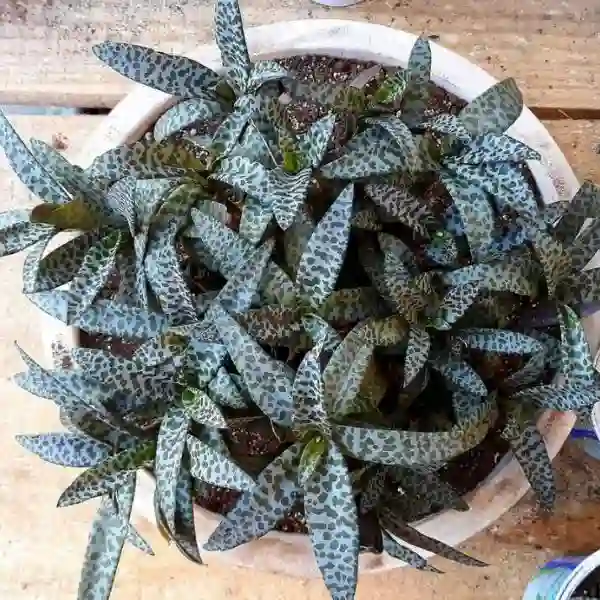
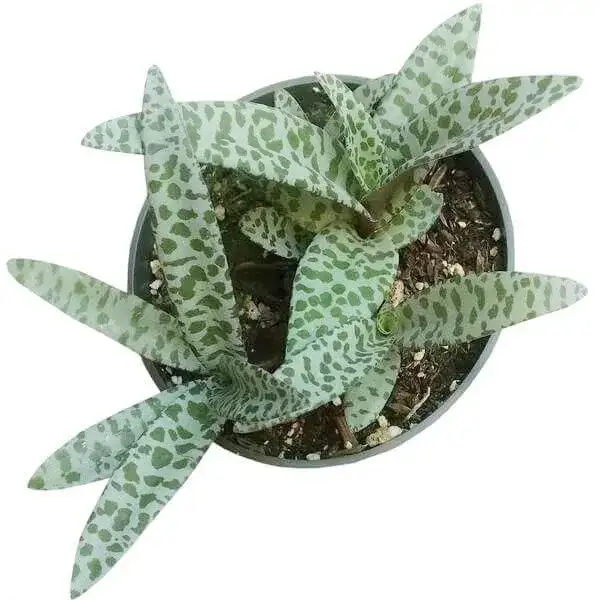
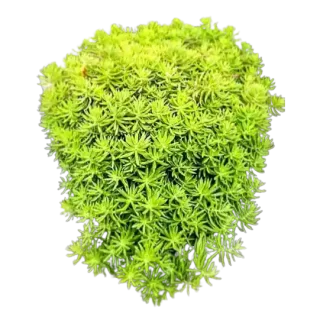
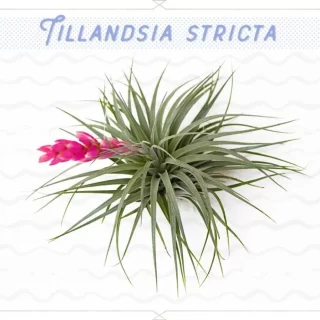
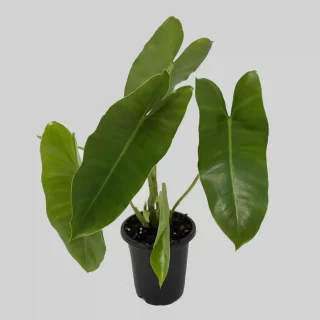
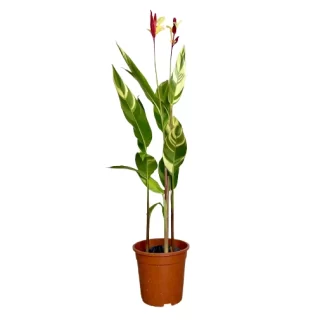
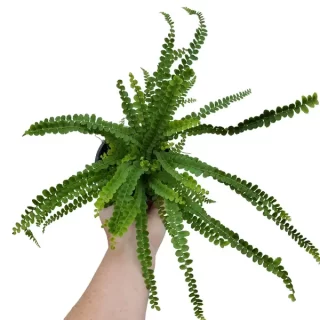
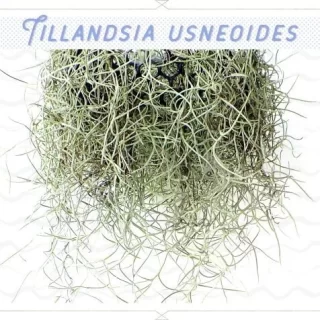
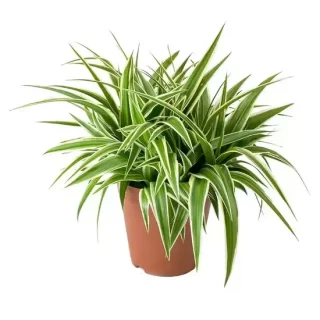
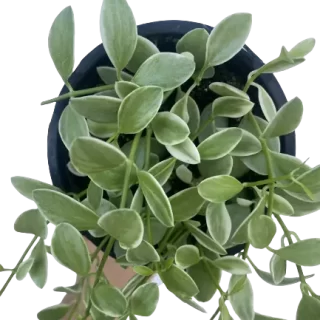
 If you need any assistance, I'm always here. Have you found what you were looking for?
If you need any assistance, I'm always here. Have you found what you were looking for?
Reviews
There are no reviews yet.